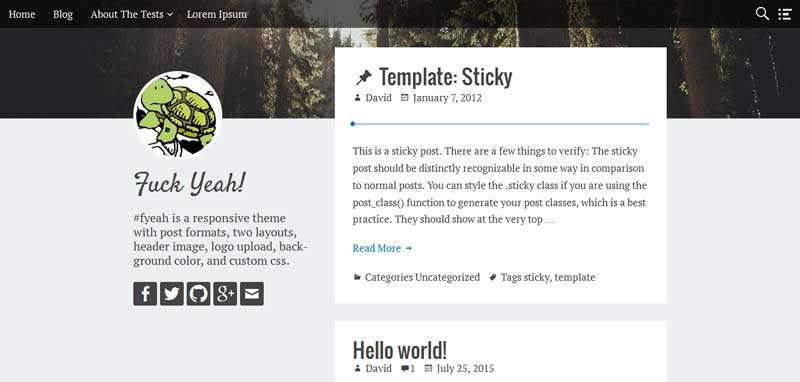
Adding admin notice on plugin activation can be super useful. For example we can:
- Add link to the settings page,
- Giving info about minimum requirement of their server,
- Tutorial links,
- Promote pro version of our plugin,
- Ask the user to rate our plugin,
- Ask donation,
- Or simply telling them that they are awesome.
If you ever try to create an “Admin Notice” on plugin activation. You’ll know that using admin_notices action inside your “activation hook function” will not work. But there’s a workaround for that. Read More How to Create Admin Notice On Plugin Activation









 Hybrid Core is modular and extendable so I can use only the features I need and bend it as I see fit, but I want to create my own framework so I can have full control of the features and code. For my themes I created “
Hybrid Core is modular and extendable so I can use only the features I need and bend it as I see fit, but I want to create my own framework so I can have full control of the features and code. For my themes I created “